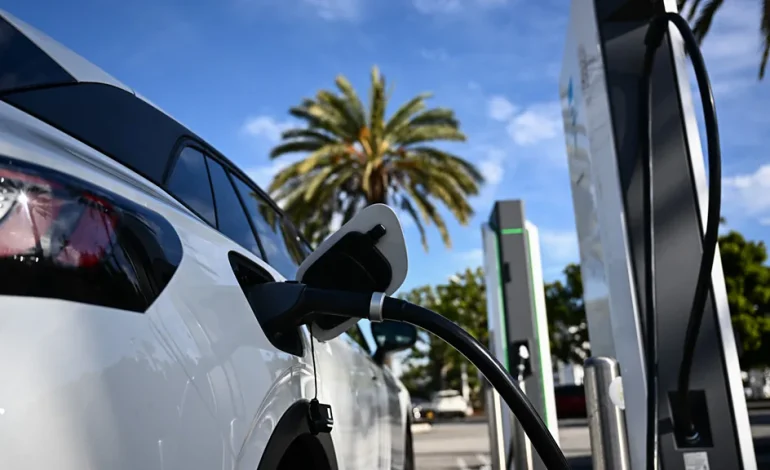The US electric vehicle (EV) market continues to grow in 2025, with both new and used EVs seeing strong demand despite uncertainty over federal tax incentives, Investor’s Business Daily reports.
A potential phase-out of the used EV tax credit may even be driving increased sales early in the year.
In January 2025, used EV sales rose 3.5% month-over-month and surged 30.5% compared to the previous year, according to Cox Automotive. This increase is attributed to several factors, including affordability, a wider range of available models, and the federal tax credit of up to $4,000.
While former President Donald Trump’s transition team indicated plans to eliminate the EV tax credit, its fate remains uncertain. Many congressional districts benefit from these incentives, making their removal politically complex. Meanwhile, California Governor Gavin Newsom has pledged to reinstate a state-level credit of up to $7,500 if the federal incentive is discontinued.
According to Cox Automotive’s January report, the top five used EV brands by sales volume were:
- Tesla (Model 3, Model Y, Model S)
- Chevrolet (Bolt)
- Mercedes-Benz
- Ford (Mustang Mach-E)
- Nissan
Mercedes-Benz saw the most significant month-over-month sales growth, with a 54% increase.
The average price for a used EV in January was $37,476, reflecting a slight 1.7% monthly increase but a 5.1% decline year-over-year. Notably, nearly 40% of used EVs were priced under $25,000, making them eligible for tax credits.
The federal tax credit for used EVs provides up to $4,000 or 30% of the vehicle’s sale price, whichever is lower. This credit applies to all-electric, plug-in hybrid, and fuel cell vehicles purchased on or after January 1, 2023. Unlike previous policies, buyers no longer have to wait until tax season to claim the credit—it is applied at the point of sale.
To qualify, a used EV must:
- Be purchased from a dealer
- Have a sale price of $25,000 or less
- Be at least two model years old
- Weigh under 14,000 pounds
- Have a battery capacity of at least 7 kilowatt-hours
To claim the credit, buyers must:
- Be an individual (not a business or reseller)
- Not be the vehicle’s original owner
- Not have claimed another used EV credit in the past three years
- Meet income limits:
- $150,000 for married couples filing jointly
- $112,500 for heads of households
- $75,000 for all other filers
As of February 2025, over 130 used EV models potentially qualify for federal tax credits. The U.S. Department of Energy provides a regularly updated list on fueleconomy.gov, but buyers should verify eligibility with the seller.
Buying a used EV comes with advantages such as lower depreciation, reduced maintenance costs, and warranty coverage on battery components. However, potential buyers should check for open recalls and consider purchasing a certified pre-owned EV for added reliability.
While uncertainty remains over the future of EV tax credits, demand for used electric vehicles remains strong in 2025. With a wide selection of eligible models and the possibility of saving up to $4,000, now may be an ideal time for buyers looking to enter the EV market.










The latest news in your social feeds
Subscribe to our social media platforms to stay tuned